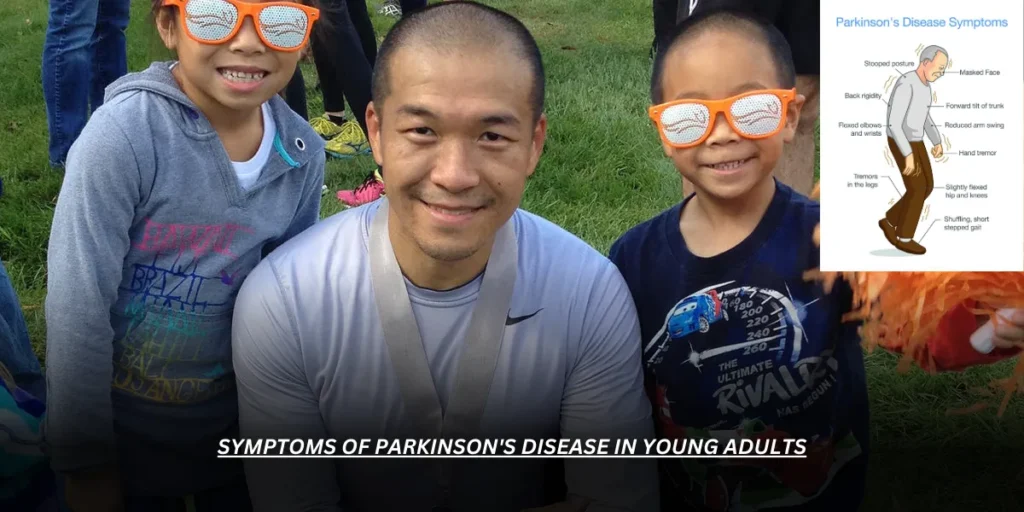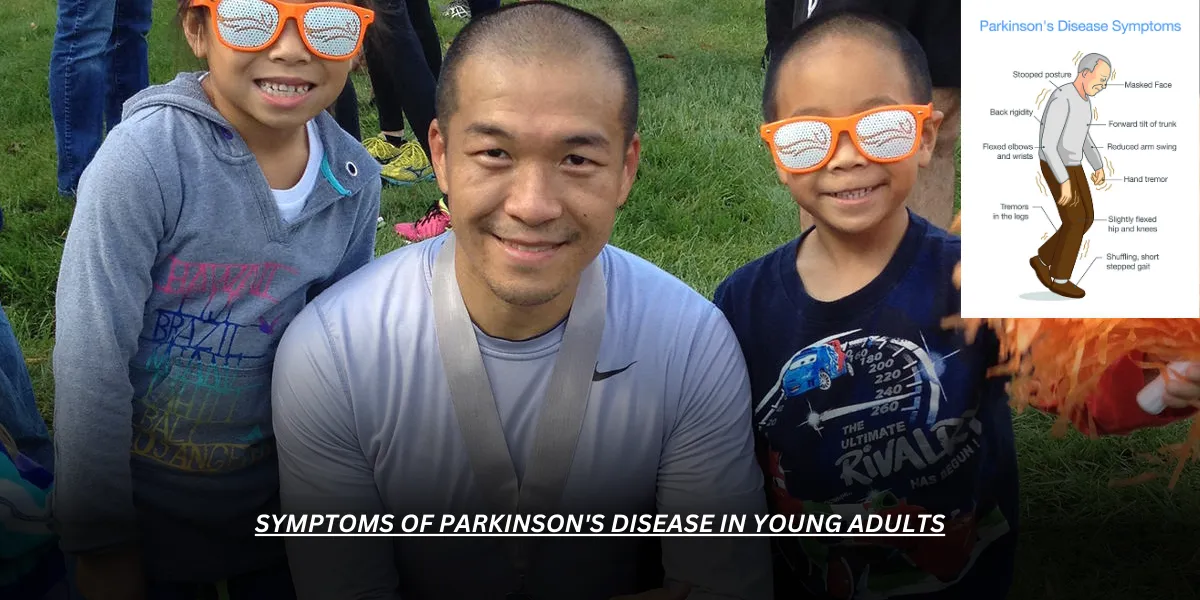
Young Adults and Parkinson Disease: Recognizing the Early Signs
symptoms of parkinson’s disease in young adults Parkinson’s disease is often associated with older adults, but younger people can also develop the condition. This is known as young-onset Parkinson’s disease (YOPD), and it affects individuals typically under the age of 50. While the core symptoms remain similar to Parkinson’s in older adults, YOPD can present with some unique characteristics and earlier signs.
Tremor: Tremor, a shaking movement, is a common early sign of Parkinson’s disease, including YOPD. It usually affects one hand or arm at first and may appear as a “pill-rolling tremor” where the thumb and index finger rub together. However, tremors in young adults with Parkinson’s can sometimes be faster and differ slightly from the classic resting tremor seen in older adults.
Slowness of Movement (Bradykinesia): People with YOPD may experience slowness in their movements, making everyday tasks like getting dressed or buttoning a shirt take longer. This slowness can also affect facial expressions, making them appear less expressive.
Stiffness (Rigidity): Muscle stiffness is another hallmark symptom of Parkinson’s disease. In young adults, this stiffness can affect the limbs and trunk, causing aches and pains and limiting flexibility.
Balance Problems and Impaired Posture: Balance problems and impaired posture are common symptoms of YOPD. A person with YOPD may walk with a stoop or shuffle their feet. They may also experience difficulty initiating movement or freezing mid-step. These balance issues can increase the risk of falls.
Non-motor Symptoms: While tremors, slowness, stiffness, and balance problems are the most recognized motor symptoms of Parkinson’s disease, YOPD can also present with various non-motor symptoms. These can sometimes appear years before the movement-related symptoms. Here are some non-motor symptoms to be aware of:
- Loss of sense of smell (anosmia): Many young adults with Parkinson’s disease report a gradual decline in their ability to smell.
- Sleep problems: Sleep disturbances like difficulty falling asleep, restless sleep, and frequent waking during the night are common in YOPD. This can be due to tremors or difficulty turning over in bed.
- Speech changes: Speech may become softer, slurred, or monotone in young adults with Parkinson’s disease. They may hesitate before speaking or have trouble speaking clearly.
- Cognitive changes: While dementia is not a defining feature of Parkinson’s disease, some young adults with YOPD may experience mild cognitive problems like difficulty concentrating or remembering things.
- Depression and anxiety: Depression and anxiety are more common in people with Parkinson’s disease, including young adults. These mental health conditions can significantly impact quality of life.
- Fatigue: Excessive daytime fatigue is a frequent complaint of young adults with Parkinson’s disease. This fatigue can make it difficult to participate in daily activities and work.
Importance of Early Diagnosis:
Early diagnosis of YOPD is crucial for managing the condition effectively. If you are a young adult experiencing some of the symptoms mentioned above, it’s important to consult a doctor to get a proper diagnosis. Early diagnosis allows for early intervention and treatment, which can help slow the progression of the disease and improve quality of life.
Living with YOPD: symptoms of parkinson’s disease in young adults
There is currently no cure for Parkinson’s disease, but there are medications and therapies that can help manage the symptoms and improve quality of life for people with YOPD. These include:
- Medications: Levodopa is the most common medication used to treat Parkinson’s disease. It helps to increase dopamine levels in the brain, which can improve movement symptoms. Other medications may be used to address specific symptoms like tremors or stiffness.
- Physical therapy: Physical therapy can help improve flexibility, balance, and coordination in people with YOPD. It can also help to prevent falls and maintain strength.
- Occupational therapy: Occupational therapy can help young adults with Parkinson’s disease learn strategies to manage daily activities and stay independent.
- Deep brain stimulation (DBS): In some cases, DBS surgery may be an option for young adults with severe YOPD symptoms that do not respond well to medication. DBS involves implanting electrodes in the brain that deliver electrical pulses to regulate abnormal brain activity.
Hope for the Future: symptoms of parkinson’s disease in young adults
Research on Parkinson’s disease is ongoing, and scientists are constantly looking for new treatments and potential cures.
Gene therapy and stem cell therapy are some promising areas of research that may offer hope for young adults with YOPD in the future.

